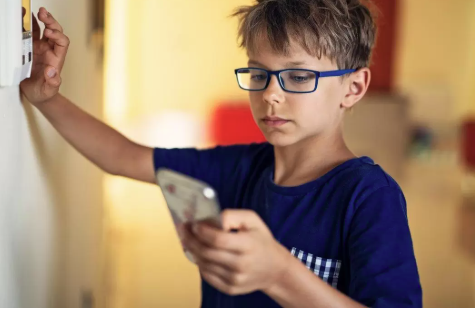Smart devices—ranging from tablets and interactive screens to voice assistants and wearables—are becoming an integral part of modern learning environments. With thoughtful integration and proper guidance, these tools offer dynamic, personalized, and engaging experiences that support children’s education both inside and outside the classroom. This article explores how smart devices are positively influencing the way children learn, communicate, and develop critical skills.
1. Personalized Learning Paths
Smart devices can adapt content based on a child’s progress and learning style. Educational apps and games often use artificial intelligence to customize lessons, helping children work at their own pace while receiving immediate feedback. This supports mastery of subjects such as math, reading, and languages.
2. Increased Engagement and Motivation
Touchscreens, animations, and interactive challenges make learning more appealing to young learners. Smart devices provide instant rewards, sound effects, and colorful graphics that maintain attention and encourage continued exploration.
3. Access to Diverse Educational Content
Children can explore a wide range of subjects through videos, simulations, eBooks, and virtual tours. Platforms like Khan Academy Kids, National Geographic Kids, and YouTube Learning offer age-appropriate content that supports classroom instruction and sparks curiosity.
4. Development of Digital Literacy
Using smart devices helps children build foundational technology skills early on. Learning to navigate digital interfaces, type, conduct safe searches, and use productivity tools prepares students for future academic and workplace settings.
5. Support for Special Education
Smart devices offer accessibility features such as text-to-speech, voice typing, screen readers, and customizable display settings. These tools help children with learning differences or disabilities better access and engage with educational content.
6. Real-Time Communication and Collaboration
Video calling, collaborative apps, and messaging platforms allow children to interact with teachers and classmates, even remotely. This fosters social-emotional learning, teamwork, and continued access to learning support.
7. Encouraging Independent Learning
With guided apps and voice-activated assistants like Alexa or Google Assistant, children can look up definitions, ask questions, or set study timers. These tools promote curiosity and self-directed learning habits from a young age.
8. Parental Involvement and Progress Tracking
Many educational apps include parent dashboards and progress reports, allowing caregivers to monitor learning outcomes and support their child’s development. This strengthens the home-school connection.
Best Practices for Using Smart Devices in Learning
- Choose age-appropriate apps with educational value.
- Set clear time limits to maintain balance and prevent screen fatigue.
- Use built-in parental controls to manage content and device usage.
- Encourage co-learning—parents or teachers can explore apps alongside children.
- Combine digital activities with offline play, reading, and hands-on exploration.
Conclusion
Smart devices, when used thoughtfully, can greatly enhance children’s learning experiences. They offer a powerful blend of personalization, engagement, and accessibility that complements traditional instruction. By supporting creativity, digital literacy, and academic growth, smart devices are helping prepare children for a connected, knowledge-driven future.














